MoSHCA
Mobile and Smart Health Care Assistant
The number of people experiencing chronic disease is increasing dramatically worldwide. One example is diabetes, which affects approximately 350 million people and is projected to become one of the world’s main disablers and killers within the next 25 years. The impact of chronic diseases is evident: it has been estimated that the cost of five of the major chronic illnesses could reach USD 47 trillion over the next 20 years and could claim almost 400 million lives within 10 years. The ITEA 2 MoSHCA project was geared towards improving patient-doctor interactions, controlling chronic diseases, developing technological set-ups that significantly improve the self-management of chronic illnesses, promoting communication between the patient and the health provider and supporting health staff in providing better clinical follow-up.
Context-awareness and interoperability as key features
A MoSHCA solution typically involves a number of body sensors and other sensors that communicate wirelessly with a smartphone, transmitting relevant physiological and activity data such as cardiac and vascular information, glucose levels, etc. The intelligent MoSHCA software, installed on the mobile terminal, receives this information alongside subjective, patient-generated data such as pain and mood levels, stiffness, medication taken, etc. With context-awareness and interoperability as key features, the technology was tested in medical environments with real patients and valuable feedback was gained from these patients and their care providers. The reliability and energy consumption of medical sensors were improved and a better understanding was gained of the balance between the privacy and security needs of healthcare data-mining and data communications. This was developed alongside the systematic means for privacy and security assurance. In addition, collaboration between the SME and academic participants enabled access to medical data and the appropriate adaptation of algorithms, leading to a high degree of user orientation.
During the project, 7 use cases were performed, resulting in tangible products in the areas of mobility, general health, hypertension, COPD, baby monitoring and epilepsy.
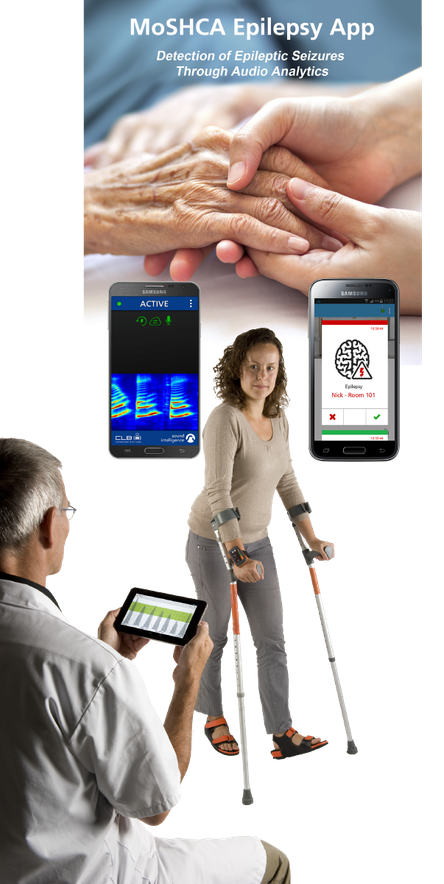
A big step for healthcare professionals and patients
Evalan developed key software technology within the project. This has been incorporated into SensiStep, a rehabilitation support application being used in the Netherlands, Belgium and Sweden whereby people recovering from certain types of leg or hip fractures perform partial weight-bearing exercises. SensiStep provides dynamic support and shows the actual weight that is exerted on a leg continuously and in real-time. This means that both the patient and the physical therapist can monitor whether the rehabilitation is progressing on track or if the exercise programme needs to be adjusted accordingly. Following the MoSHCA project, Evalan experienced a growth rate of 100% each year in 2016, 2017 and 2018. This growth is reflected in all metrics – employees, turnover, profitability. During that period, Evalan added 40 FTEs to its payroll. Evalan expects that growth to continue in 2019. Although the sales of the SensiStep are a bit lower than expected for now – acceptance of innovations in healthcare takes a while – the technology that Evalan developed within the context of the MoSHCA project greatly contributes to this growth, as the same technologies are now used in other products. There are some encouraging signs for SensiStep as well, as the number of inquiries and requests for quotation went up significantly in 2018. Many of those were through referrals from current users. In addition, UMC Utrecht, Maastricht UMC and the University of Uppsala completed a research trial that demonstrated that SensiStep reduces rehabilitation costs and rehabilitation time for patients with hip fractures.
A life-saving app
CLB Research and Sound Intelligence, who developed an individually tuneable sound recognition system, exploit the MoSHCA technology in an Epilepsy App. This is the first (mobile) product that can detect sounds affiliated with epileptic seizures, and is able to alert care providers to ongoing seizures without using physical sensors. This gives the added benefit of comfort, as no sensors are attached to the patient's body. Three big care groups - 's Heeren Loo, ASVZ and Baalderborg Groep – are currently using the algorithm to detect snoring, which is especially useful for acoustic surveillance during night care. With 's Heeren Loo, there is a ten-year contract that monitors 2000 patients. In addition, around 30 healthcare institutions – including the aforementioned groups and hospitals like Prinses Maxima, Zuyderland, Elkerliek and Zaans Medical Centre - are using the ‘critical messaging core’ (part of the CLB Messenger) to send alarms from medical devices to nursing staff in accordance with the Medical Device Directive. In addition to very high reliability, the advantages are that patients can have both good care and more rest and privacy, fostering a faster recovery.
Reducing the healthcare burden of chronic diseases
At the Radboud University Nijmegen, Prof. Peter Lucas, Dr. Arjen Hommersom and Dr. Maarten van der Heijden were involved in developing a new system for predicting exacerbations for COPD (Chronic Obstructive Pulmonary Disease) patients at home. The results of the MoSHCA project were exploited in the follow-up project, COPD+, which is funded by EFRO OP-Oost. Four partners (Radboud Universiteit, Radboudumc, Apps4Air and Topicus) are developing this system further. This project will finish by the end of this year, after which it is expected that the product will be ready-to-market by commercial partners. The system enables self-monitoring of COPD patients by providing automatic recommendations to patients. This can potentially prevent many hospital admissions, in turn reducing the healthcare burden of chronic diseases. A patent has been acquired for the COPD use case on exacerbation prediction for COPD patients.
At Home programme for premature babies
Academics were crucial in helping the companies produce solutions that are fit for market. Artificial Intelligence specialist Beatriz López, of the University of Girona in Spain, helped develop a successful application for smartphones to help parents monitor premature babies (which represent 7.5% of all hospital births) at home. Babies wear a small device containing a sensor that produces a green, orange or red light, warning parents whether they need to take the baby to a hospital. This has increased the survival rate. Currently, there are 30-35 new-borns on the At Home programme per year, expected to increase to 40-45 in 2019. The reasoning module for premature babies has been developed in collaboration with the clinical staff of the Institut d’Investigació Biomèdica de Girona and Dr. Josep Trueta Hospital, and is protected by the Catalan Intellectual Property Office.
Autonomous predictive algorithms
During the MoSHCA project, Actimage developed a unique know-how that allows predictive algorithms to function completely autonomously on smartphones. Current solutions of this type only work in a connected way and require a permanent internet connection. This technology makes it possible to deploy personalised algorithms on patients’ smartphones and represents a real advance towards personalised medicine. These evolutions have been integrated into the Actelin application – a mobile application for diabetics – using the technology of functional insulin therapy. The application integrates an intelligent therapeutic and pedagogical support system. Furthermore, Actimage has been deployed in Luxembourg on a first-care network, the ActiHome Pro solution, which simplifies day-to-day management for healthcare professionals working in their patients’ homes. This smartphone application integrates advanced mechanisms for the protection of health data and the latest predictive algorithm advances through an interface adapted to the daily lives of health professionals. In addition, Actimage’s Hol’Autisme introduces a technological breakthrough in the field of health and education by offering the first catalogue of mixed-reality applications to improve the social skills of children with autism. If the results are conclusive, the scientific understanding of autism can be improved and people on the autism spectrum will have the opportunity to improve their skills for integration at school and in their communities.
Other chapters
Use the arrows to view more chapters
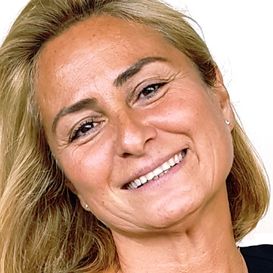
Editorial
Zeynep Sarılar

Country focus: Belgium
Collaboration is a crucial economic factor
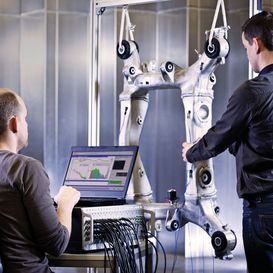
Country focus: Belgium - Siemens Industry Software
Innovation is a collaborative art
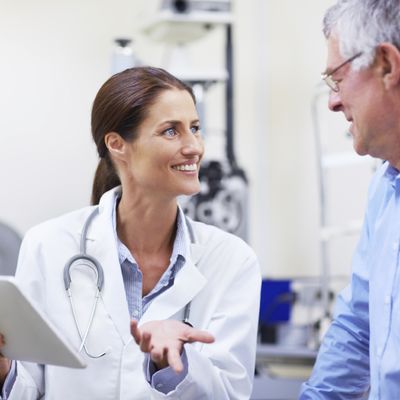
Success story: MoSHCA
Mobile and Smart Health Care Assistant
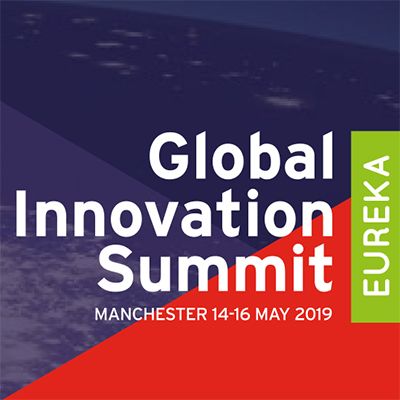
EUREKA Global Innovation Summit 2019
Innovating across borders for business growth: an event impression
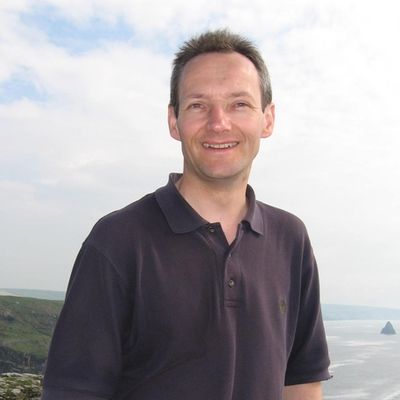
Viewpoint
David Golding Deputy Chair for the UK Chairmanship of EUREKA
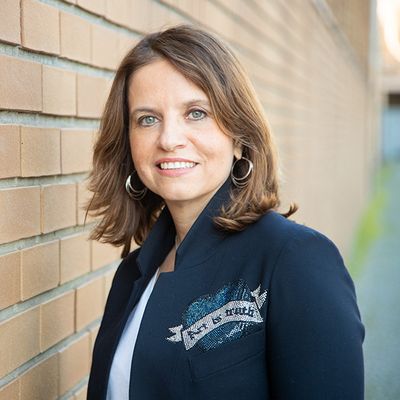
Community Talk with: Isabel Praça
Isabel Praça

SME in the spotlight: Technolution
Technolution



